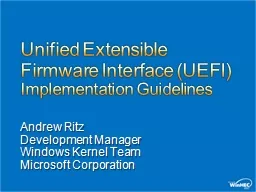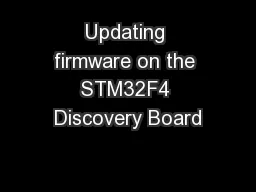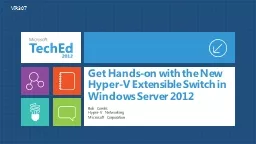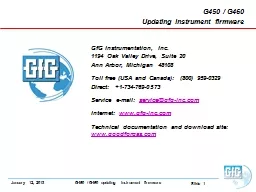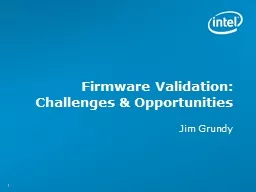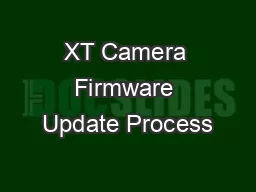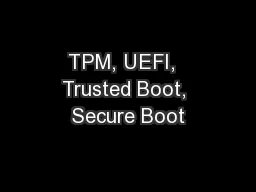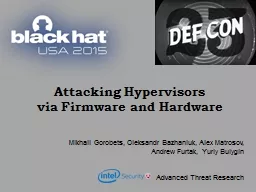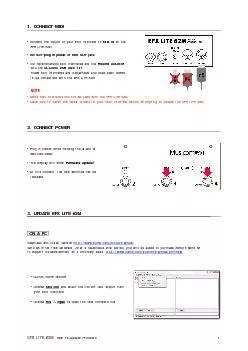PPT-Unified Extensible Firmware Interface (UEFI)
Author : tatiana-dople | Published Date : 2016-04-11
Implementation Guidelines Andrew Ritz Development Manager Windows Kernel Team Microsoft Corporation Key Takeaways Be a leader in advancing 64bit computing Adopt
Presentation Embed Code
Download Presentation
Download Presentation The PPT/PDF document "Unified Extensible Firmware Interface (U..." is the property of its rightful owner. Permission is granted to download and print the materials on this website for personal, non-commercial use only, and to display it on your personal computer provided you do not modify the materials and that you retain all copyright notices contained in the materials. By downloading content from our website, you accept the terms of this agreement.
Unified Extensible Firmware Interface (UEFI): Transcript
Download Rules Of Document
"Unified Extensible Firmware Interface (UEFI)"The content belongs to its owner. You may download and print it for personal use, without modification, and keep all copyright notices. By downloading, you agree to these terms.
Related Documents

